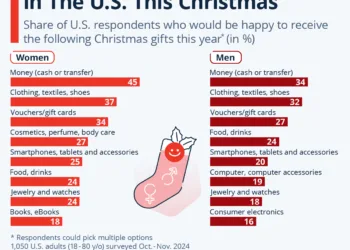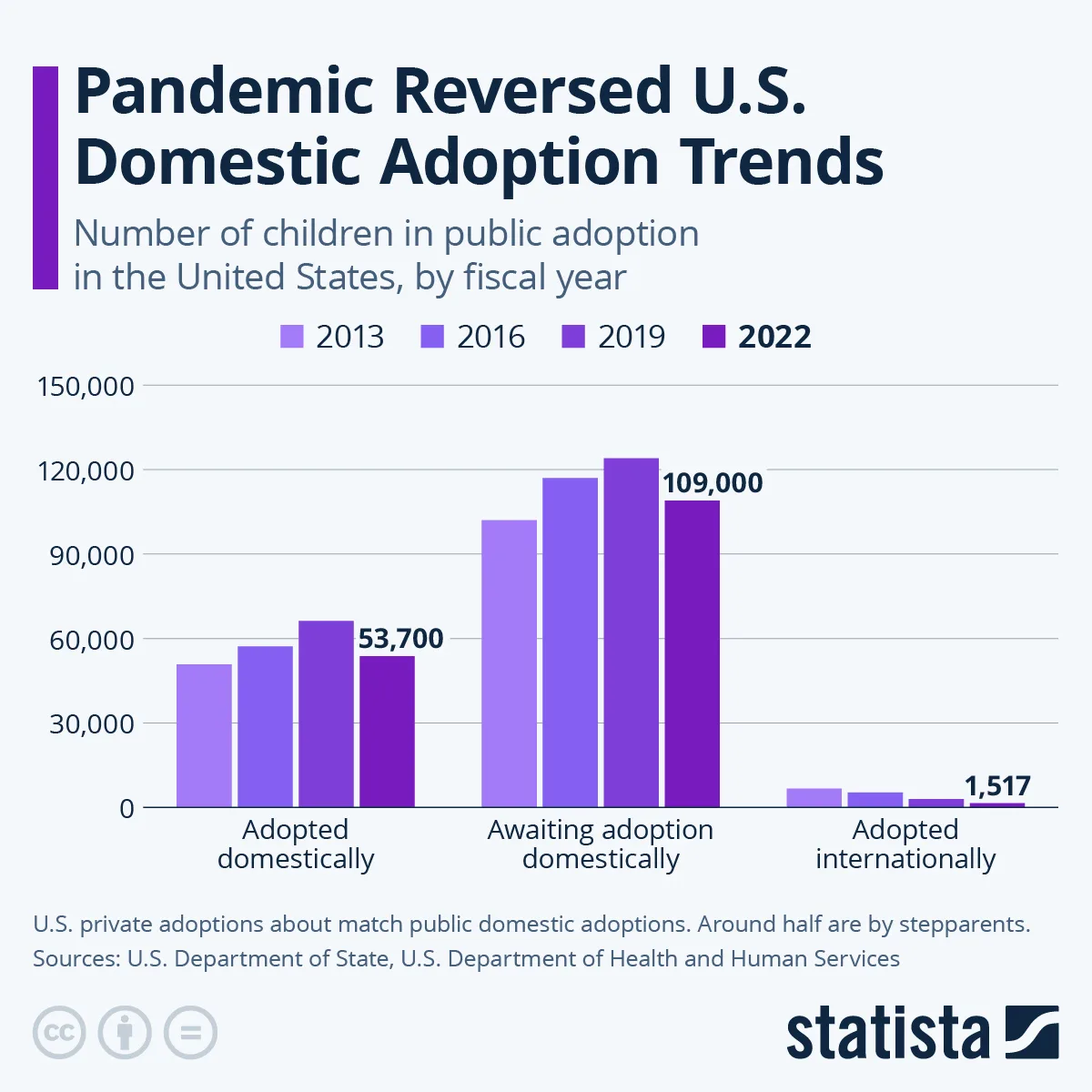Concerns and misinformation regarding government actions during natural disasters aren’t anything new. The interplay of politics, false information, and the tendency to deflect responsibility has long clouded responses to emergencies.
Take, for instance, Hurricane Harvey, which battered Houston in 2017. During and after the hurricane, misleading information arose from various sources, including government officials, news outlets, and social media users. Following Hurricane Sandy in 2012, the spread of rumors was so extensive that it affected the accuracy of CNN’s live reporting.
Typically, these rumors don’t originate from former presidents. However, in the aftermath of hurricanes Helene and Milton, former President Donald Trump made false statements regarding the federal government’s response efforts. The misinformation escalated to such an extent that the Federal Emergency Management Agency (FEMA) had to create a dedicated page to refute it.
President Joe Biden expressed his frustration, labeling Trump’s and his supporters’ claims as “reckless, irresponsible and disturbing.” He emphasized that these falsehoods could jeopardize the rescue and recovery efforts being executed by local, state, and federal agencies.
Disaster relief often becomes a political issue due to the vast number of individuals affected and the extensive media coverage surrounding catastrophic events such as hurricanes and floods. Moreover, such relief efforts necessitate substantial financial resources and coordination among prominent elected officials.
The complex nature of federal emergency management is further complicated by the fact that many people are not well-versed in the federal laws that dictate disaster relief procedures. Notably, even state and local leaders often struggle to fully grasp the intricacies of the law and its regulations.
Additionally, the structure of the law, combined with the timing of hurricane season, can lead to heightened political tensions. Elected officials play pivotal roles in orchestrating government responses, which introduces a political element to disaster relief efforts. The overlap of hurricane and election seasons amplifies the politicization of these situations.
Understanding Government Responses to Natural Disasters
The law governing federal responses to natural disasters is the Disaster Relief Act of 1974, commonly referred to as the Stafford Act.
However, this act does not ensure that federal assistance will be provided to communities impacted by hurricanes or other disasters.
Instead, it requires the governor of the affected state or the head of an affected tribal government to request a disaster declaration from the president. This request can be made prior to or after a storm, but it must demonstrate that the disaster’s severity and magnitude exceed the responses that state, local, or tribal governments can manage independently.
In response to such requests, President Biden has issued disaster declarations for eight states in connection with Helene. He also declared emergencies for the Seminole Tribe and the state of Florida regarding Milton.
Once the president issues a declaration, the federal government can commence assistance to state, local, and tribal governments. This support encompasses coordinating disaster relief efforts—ranging from evacuations to recovery initiatives—afforded by federal agencies, organizations like the Red Cross, and local and state authorities.
Federal assistance can take various forms, including financial and logistical support. It includes aid for restoring roads and utility services as well as providing essential services such as temporary housing, legal assistance, and crisis counseling for the disaster’s victims.
The degree of involvement from federal agencies and personnel in disaster relief efforts is remarkable. For example, thousands of federal workers, spanning FEMA, the Coast Guard, the Army Corps of Engineers, the Environmental Protection Agency, and the Departments of Defense, Energy, Health and Human Services, Housing and Urban Development, and Transportation, are currently assisting with responses to Helene and Milton.
Local and state officials also play critical roles once a disaster declaration is made. The governor of each impacted state or the tribal leader oversees coordination between state and federal efforts. They designate a point person to act as a link between state or tribal leadership and federal authorities. In each affected locality, an elected official, often a mayor, leads the on-ground response.
The Practical Application of Federalism
The effective execution of the Stafford Act requires collaboration among the president, federal agencies, and state, local, and tribal governments.
When properly implemented, government disaster response exemplifies “federalism” in practice. This system shares power between national and state entities. The Founding Fathers established this framework to allow the national government to manage coordination issues among states while enabling state governments to address local-specific challenges.
For instance, in response to state requests following Hurricane Helene, President Biden guided federal efforts to assist those in greatest need. The federal response has involved collaboration with over 450 state and local officials to ensure the provision of housing support and financial aid for medical and funeral expenses to affected individuals.
The Element of Politics
However, the federalist system envisioned by the Founding Fathers can lead to political manipulation. The Stafford Act’s framework for emergency management is designed to be decentralized and responsive to local feedback.
Despite this intent, differing priorities among officials can lead to conflict. For example, during Hurricane Helene’s aftermath, various response leaders pushed for federal resources focused on restoring utilities, public safety, health services, communications, and transportation. With so many necessary services at play, how does the national government decide which deserves funding?
This challenge is increasingly compounded by findings that elected officials and their appointees—who typically oversee these critical decisions—often lack the experience of career civil servants who regularly interact with affected communities.
The outcome is that the Stafford Act’s choice to place elected officials and their appointees in charge of emergency management may compromise the efficacy of governmental responses.
Mario Tama/Getty Images
Contemplating Government Size and Function
The varying political affinities of elected officials introduce another layer of complexity. The discourse surrounding disaster response frequently mirrors broader political debates concerning the size and role of government.
A historical overview of the Stafford Act reveals its evolution. In the past, managing disaster relief was primarily the responsibility of state and local authorities. However, significant disasters—such as the Alaska earthquake in 1964 and hurricanes Betsy in 1965 and Camille in 1969—necessitated federal intervention due to their vast scale.
In the wake of Camille, accusations of racial bias in relief processes and partisan conflicts over accountability for ineffective government action emerged. Scrutiny from the media and Congress regarding the mishandling of these relief efforts opened avenues for the federal government’s increased involvement, leading to the initial passage of the Stafford Act.
Fast forward 35 years, and many of the same issues—racial discrimination, government mismanagement, and the politicization of relief—resurfaced after Hurricane Katrina in New Orleans in 2005. Increased media and congressional focus resulted in legislation that updated the Stafford Act and altered FEMA’s role and the federal government’s approach to requests from states and tribes.
Trump’s falsehoods rely on similar tactics—without evidence, he claimed that funds meant for disaster relief were misallocated to assist migrants and accused officials of only helping Democrat-leaning regions.
Nevertheless, the destruction left in the wake of Helene and Milton raises significant questions about coordination between local and federal authorities in the forecasting and management of natural disasters. This has prompted renewed calls for Congress to implement reforms aimed at enhancing equity, efficiency, and effectiveness in governmental disaster responses. Whether such reforms can be enacted within the current politically charged environment remains uncertain.









